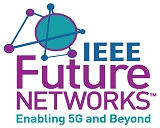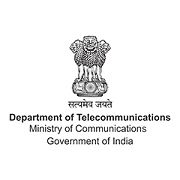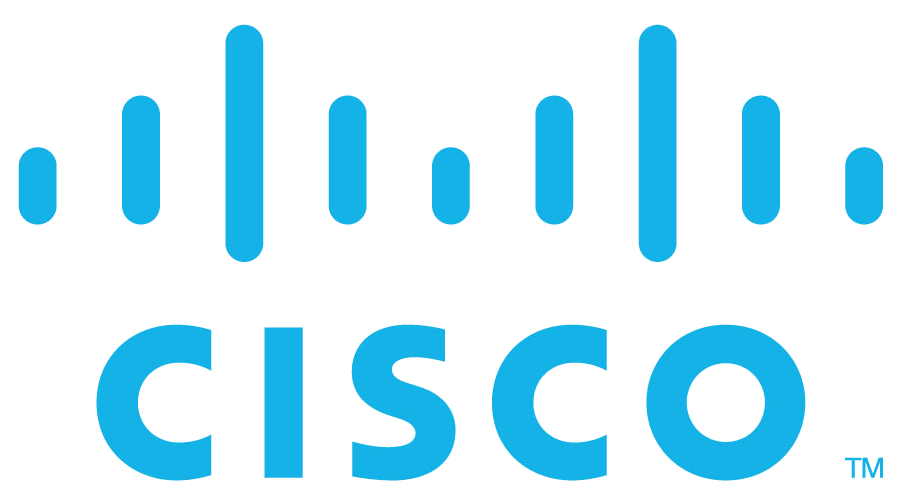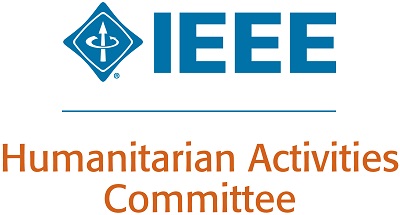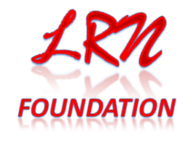Panel Discussions
Topics
Panel Co-Chairs
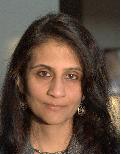
Monisha Ghosh
University of Chicago, USA
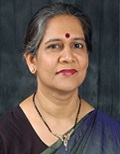
Pamela Kumar
Director General, TSDSI, India
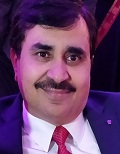
R K Pathak
Department of Telecommunications, India
AI/ML enablers for SMART Networks
Date: 8th Jan 2020 5:45 PM – 7:00 PM
New user behaviours, emerging technologies and an increasingly connected world are changing the way we lead our lives, both at work and during our leisure time. We use smartphones, computers and tablets for work and play. More and more devices, from cars to street lamps, from transport to utilities, health care and public safety are now being connected to make them more useful. The heterogeneous nature of wireless networks like 5G comprising of multiple access networks, frequency bands and cells - all with overlapping coverage areas - presents wireless operators with network planning and deployment challenges.
Similarly, the development of smart cities network and their fast paced deployment is resulting in the generation of large quantities of data at unprecedented rates. Presently most of the generated data is wasted (digital waste) without extracting potentially useful information and knowledge. The connectivity issues are key catalyst for innovation, collaboration and unprecedented business opportunities, have been paving path to the Machine Learning (ML) and Artificial Intelligence (AI) upsurge. The rise of AI in network space opens up a range of opportunities for start-ups and is beginning to excite the networking and networked systems community.
There has been government push towards digitalization indicated by the launch of AI-oriented government initiatives like the AI Task Force and National Strategy for Artificial Intelligence by Ministry of Commerce and Industry and NITI Aayog – and these efforts are likely to spurn more artificial intelligence enthusiasm, companies, and research investment. AI has potential to transform economies and India, being the fastest growing economy with the second largest population in the world, has a significant stake in the AI revolution.
Followings are some of the questions, among others, which will be deliberated:
- Whether such innovations are merely hype?
- Are the current research results and the long standards proposed practically implementable?
- What are the government initiatives for leveraging and promoting AI/ML?
- Is the current investment in India sufficient for the further progress competing with other countries?
- Can the industries collaborate with academia and support the future of AI?
- What is the potential of AI/ML in India and particularly in the field of smart networks?
- Are the Government, industry and people in India ready for this?
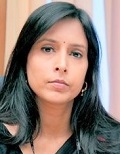
Archana G. Gulati
Joint Secretary ICT and Infrastructure Connectivity, Niti Aayog, India
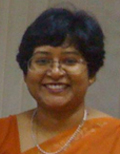
Tulika Pandey
MEITY, GoI, India
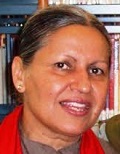
Veena Mendiratta
Bell Labs, Nokia, USA

Rajeev Rastogi
Amazon, India
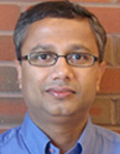
Archan Misra
Singapore Management University, Singapore

Sanjay Jha
UNSW Sydney, Australia

Venkat Padmanabhan
Microsoft Research, India
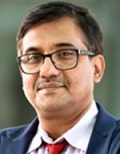
Pushpak Bhattacharyya
Director, IIT Patna, India
Panel Moderator

R K Pathak
Department of Telecommunications, India
Standards beyond 5G
Date: 9th Jan 2020 5:15 PM – 6:45 PM
Wireless communication has evolved every ten years starting with 1G in 1980 leading up to 5G at present. Several international and regional standards bodies including 3GPP, IEEE, IETF, ITU, ETSI, TSDSI, ATIS, and ARIB have been developing framework, protocols, and standards to support evolution of 5G related technologies and its deployment. At the same time open source community including Linux Foundation, ONF, OPNFV, O-RAN, Open Air Interface (OAI) are developing open source framework and are making the open-source code available for rapid deployment of 5G. As the service providers are in the midst of transitioning to 5G, research community has started investigating technologies beyond 5G by taking into account the gaps in current 5G technologies. This panel will address various aspects of 5G standards, challenges and opportunities and will explore the new technologies such as Artificial Intelligence, Machine Learning, Systems Optimization, Autonomic Computing, Quantum Computing that will form the basis of 6G.
Key Questions:
- What are various gaps in current 5G Technologies?
- What are the key deployment challenges for 5G?
- What could be a good way of harmonization among various standards bodies?
- What are the key areas of 6G research?
- How do we take care of the digital divide by connecting the unconnected with evolution of cellular technologies.
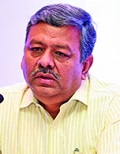
U K Srivastava
Principal Advisor, TRAI, India
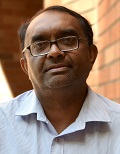
Sumit Roy
University of Washington, USA
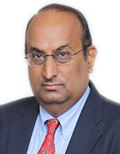
Kumar Sivarajan
CTO, Tejas Networks, India

Satish Jamadagni
Reliance Jio, India

Veena Mendiratta
Bell Labs, Nokia, USA

Subodh Gajare
Senior Solutions Architect, Cisco, India
Panel Moderator
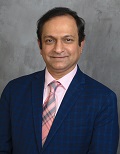
Ashutosh Dutta
Johns Hopkins University/Applied Physics Lab, USA
India – The Greenfield for SMART Villages and Cities
Date: 10th Jan 2020 5:15 PM – 6:30 PM
SMART city systems are emerging as a major initiative to the challenges of resource management and economic growth in cities. Few years back when Smart city initiative was launched in the country, the question in everyone’s mind was what is smart city? How do we get there? The conceptualisation of SMART City, varies from city to city and country to country, depending on the level of development, willingness to change & reform, resource availability and aspirations of the city residents. Considering the size and diversity of India, customisable solutions at affordable prices are key to success of SMART city initiative
As an example, when we started Smart city initiative at electronics city, first task was to demystify smart city and implement it as per the requirement of the Industrial township. The focus of this greenfield implementation was to have sustainable and affordable Smart city with active citizen participation.
SMART city services use plethora of engineering disciplines – civil, electrical, electronics, Telecom, software and environmental engineering. SMART Cities include SMART Governance, infrastructure management, street light management, water management, mobility, environment monitoring, waste management, health care, housing, transport management, security and complaints management along with strong communication networks – optical fibre, LAN, WiFi, RF, 3G, LORA...and device manufacturing.
India offers greenfield for Local and global entrepreneurs who can cash in on the opportunity to build products and services that can be deployed by smart cities/villages that need innovative technology applicable to Indian ecosystem to meet/exceed business and citizen expectations.
Some questions to think of:
- Your thoughts on India being green field for smart cities / Townships
- What are the challenges for green field deployment of smart villages
- Suggestions for easy deployment of different types/sizes of Smart cities and villages

Manojit Bose
CTO, Pune Smart City, India

Suman Banerjee
University of Wisconsin–Madison, USA
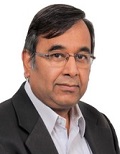
K R Sanjiv
CTO, Wipro, India

Inder Gopal
IISc Bangalore, India

Pravin Bhagwat
Founder & CTO, Mojo Networks, USA

Balamuralidhar P
Principal Scientist & Head, TCS Research and Innovation, Bangalore
Panel Moderator
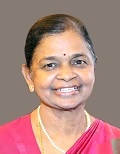
Mrs. Rama N. S.
CEO, ELCITA, India



